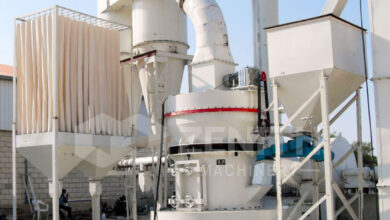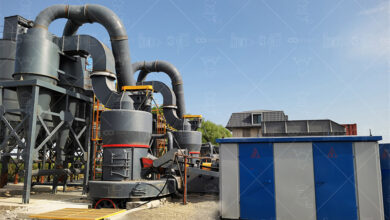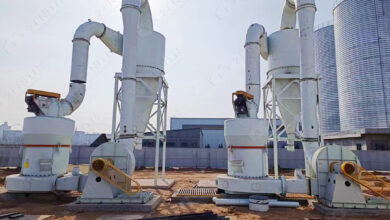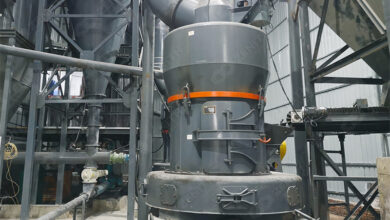Analysis of Main Drive System in Grinding Mill Machines
Analysis of Main Drive System in Grinding Mill Machines
Grinding mills are essential equipment in mineral processing, cement production, and other industrial applications. The main drive system, as the core component, directly determines the operational efficiency, energy consumption, and service life of the entire grinding system. This article provides an in-depth technical analysis of main drive systems in modern grinding mills, with special focus on design principles, performance optimization, and innovative solutions from ZENITH Machinery.
1. Fundamental Requirements for Main Drive Systems
The main drive system in grinding mills must meet three critical requirements:
- High torque output: Capable of overcoming initial inertia during startup with heavy grinding media
- Precise speed control: Maintaining optimal grinding efficiency across different material hardness levels
- Robust durability: Withstanding continuous operation under heavy mechanical loads
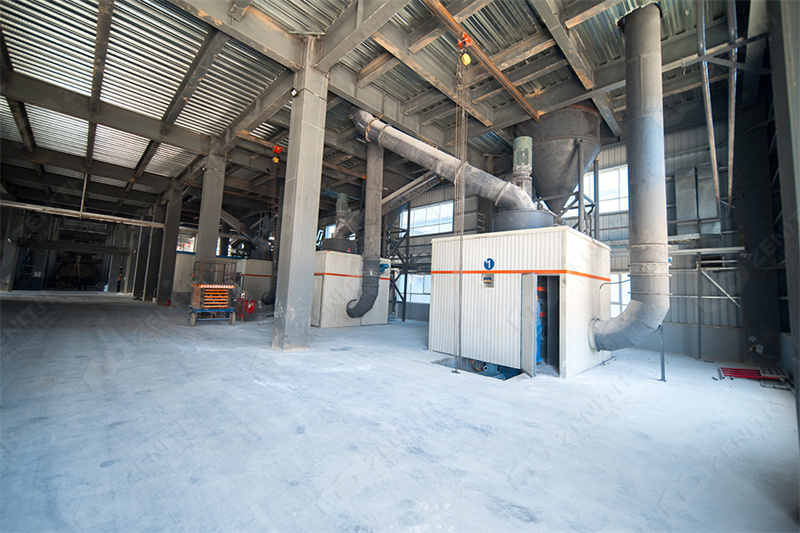
2. Technical Evolution of Drive Systems
Modern grinding mills have evolved through three generations of drive technology:
| Generation | Technology | Efficiency | Limitations |
|---|---|---|---|
| 1st | Direct gear drive | 85-88% | High maintenance, vibration issues |
| 2nd | Central drive with reducer | 90-93% | Space requirements, alignment sensitivity |
| 3rd | Integrated planetary gear units | 96-98% | Higher initial investment |
3. ZENITH’s Innovative Solutions
ZENITH Machinery has developed proprietary drive technologies for its grinding mill series, particularly in the XZM Ultrafine Mill and MTW Series Trapezium Mill:
3.1 XZM Ultrafine Mill Drive System
The XZM series features a revolutionary main drive design with:
- Torsion-free shaft connection with 98.5% transmission efficiency
- Integrated frequency converter for stepless speed regulation (5-50Hz)
- Oil-air lubrication system extending bearing life by 300%
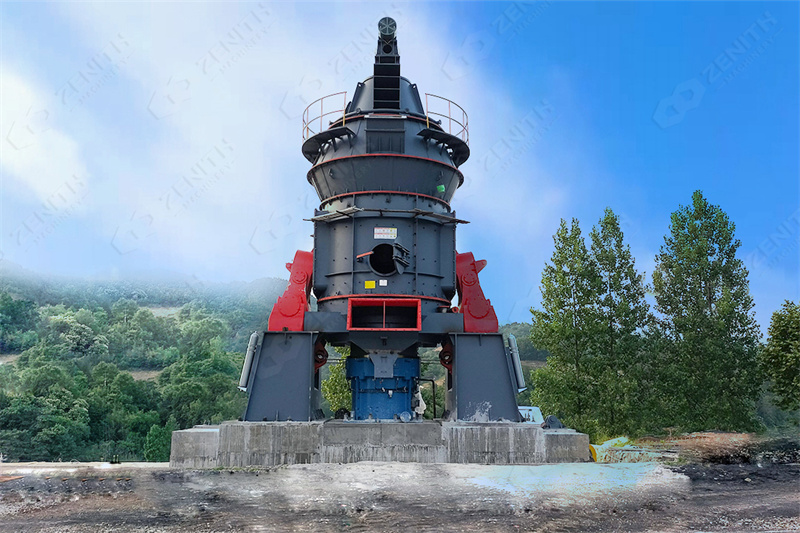
Key parameters of XZM drive system:
- Power range: 75-315kW (model dependent)
- Speed range: 120-180rpm
- Torque capacity: Up to 35,000Nm
- Vibration levels: <2.5mm/s (ISO 10816-3 compliant)
3.2 MTW Trapezium Mill Drive Configuration
The MTW series incorporates advanced drive features including:
- Bevel gear main reducer with 98% mechanical efficiency
- Dual-motor synchronous drive for large capacity models
- Smart load monitoring system preventing overloading
For heavy-duty applications, the MTW215G model demonstrates exceptional performance:
- Main motor power: 280kW
- Drive train service factor: 2.5
- Gearbox MTBF: >60,000 hours
4. Performance Comparison
Comparative analysis shows ZENITH’s drive systems achieve 15-30% better energy efficiency than conventional designs:
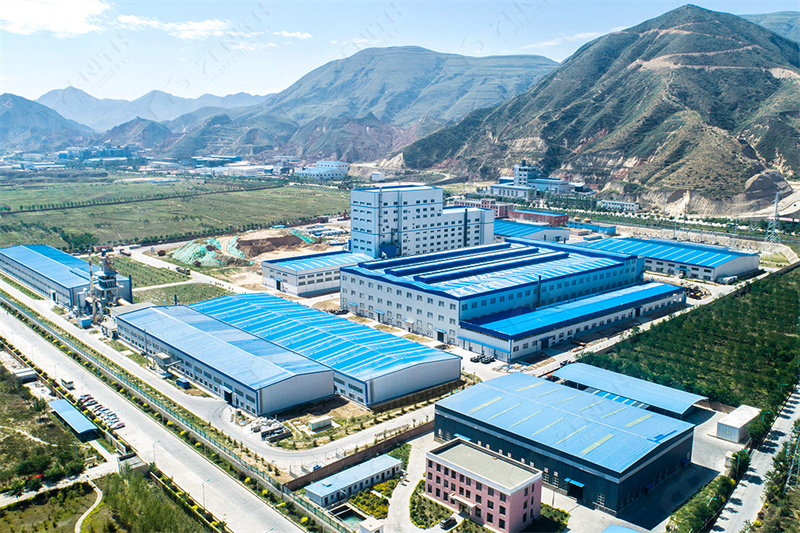
5. Maintenance and Reliability
ZENITH’s drive systems incorporate several maintenance-friendly features:
- Modular design for quick component replacement
- Remote monitoring capability through IoT sensors
- Predictive maintenance algorithms reducing downtime
The company’s global service network ensures 24/7 technical support with average response time under 4 hours for critical issues.
6. Future Development Trends
Emerging technologies in grinding mill drive systems include:
- Magnetic gear drives eliminating mechanical contact
- AI-powered dynamic load optimization
- Hybrid electric-hydraulic drive systems
ZENITH’s R&D center is currently testing these technologies for next-generation grinding mills.


